
An exhibition of photographs entitled ‘Our Neighbourhood’ by children from Greenfields Nursery School and Children’s Centre is on show at the Dominion Centre and Library in Southall, west London.
The exhibition documents a series of expeditions that small groups of children made late last summer and originated from their desire to become more engaged with their neighbourhood. They wanted to hear, taste, smell, touch and navigate the physical everyday workings of their immediate surroundings, outside the nursery. The project encouraged children to react and respond to what they were seeing through the medium of photography.
Viewed from their unique perspectives and using 35mm digital SLR cameras, Greenfields’ children documented their rich and diverse suburban district of Southall through its architecture, food, people, cultural pursuits and religious practices.
URBAN AND PASTORAL
During the walks, the children’s curiosity was stimulated by the buzz of the High Street, with its traffic, retail outlets and frequent road and building works, and the ways in which it contrasted with the pastoral banks of the Grand Union Canal, also just a short walk from their nursery.
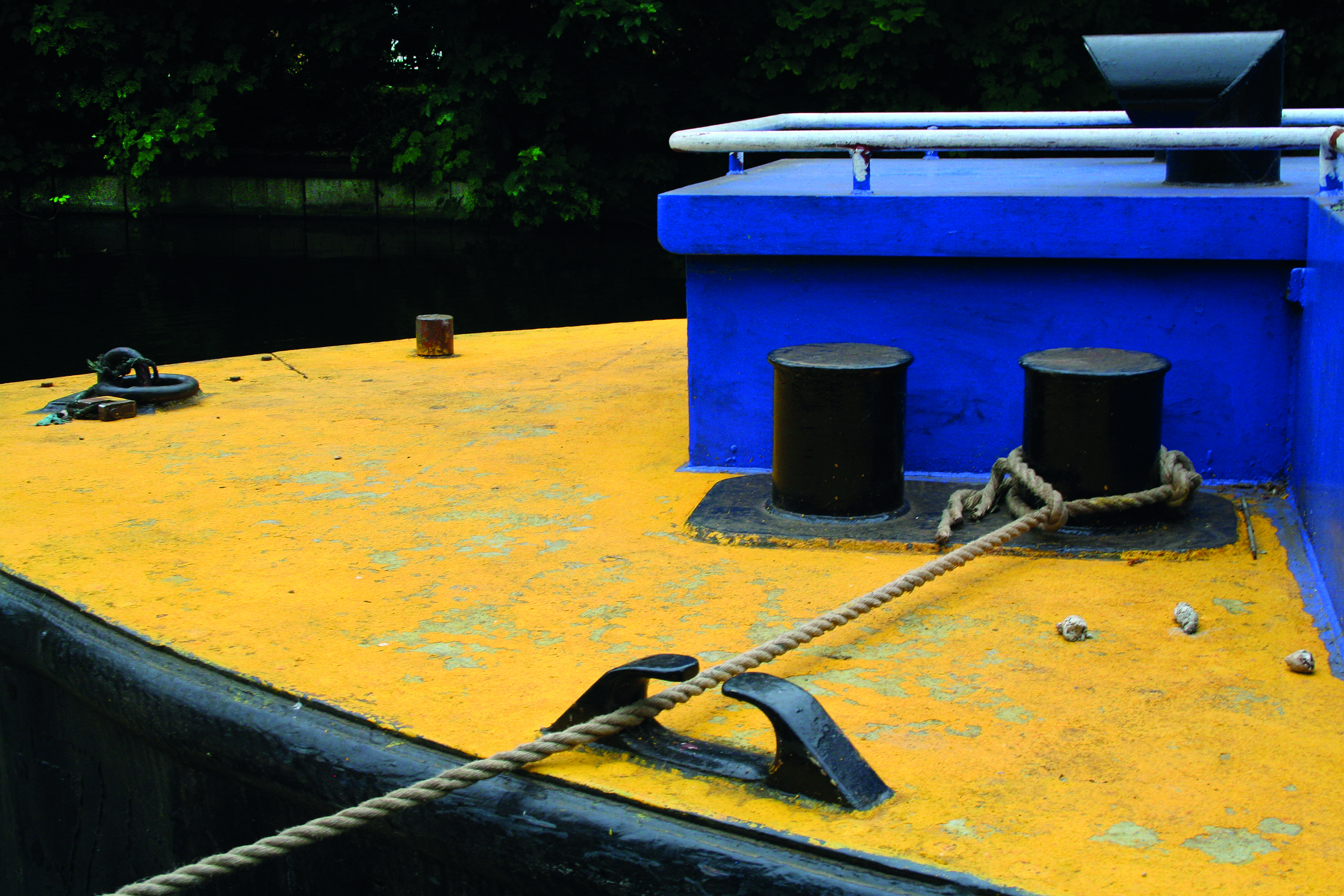
Here on the canal, the children found water birds and songbirds in a landscape burgeoning with wild plant life, and towpaths frequented by walkers, cyclists and riverboats travelling along the waterway at a more leisurely pace. The children found these two contrasting environments in such close proximity fascinating.
The children were also welcomed into the local Gurdwara, the Sikh place of worship, and the Mosque to learn more about the pluralistic faith practices that exist within their community.
POSITIVES AND NEGATIVES
The images in the exhibition don’t shy away from elements of the neighbourhood that the children found negative as well as positive. As well as featuring some of the lovely, well-cared-for front gardens, the children’s work also captured the neglected areas piled high with unsightly and dangerous waste. 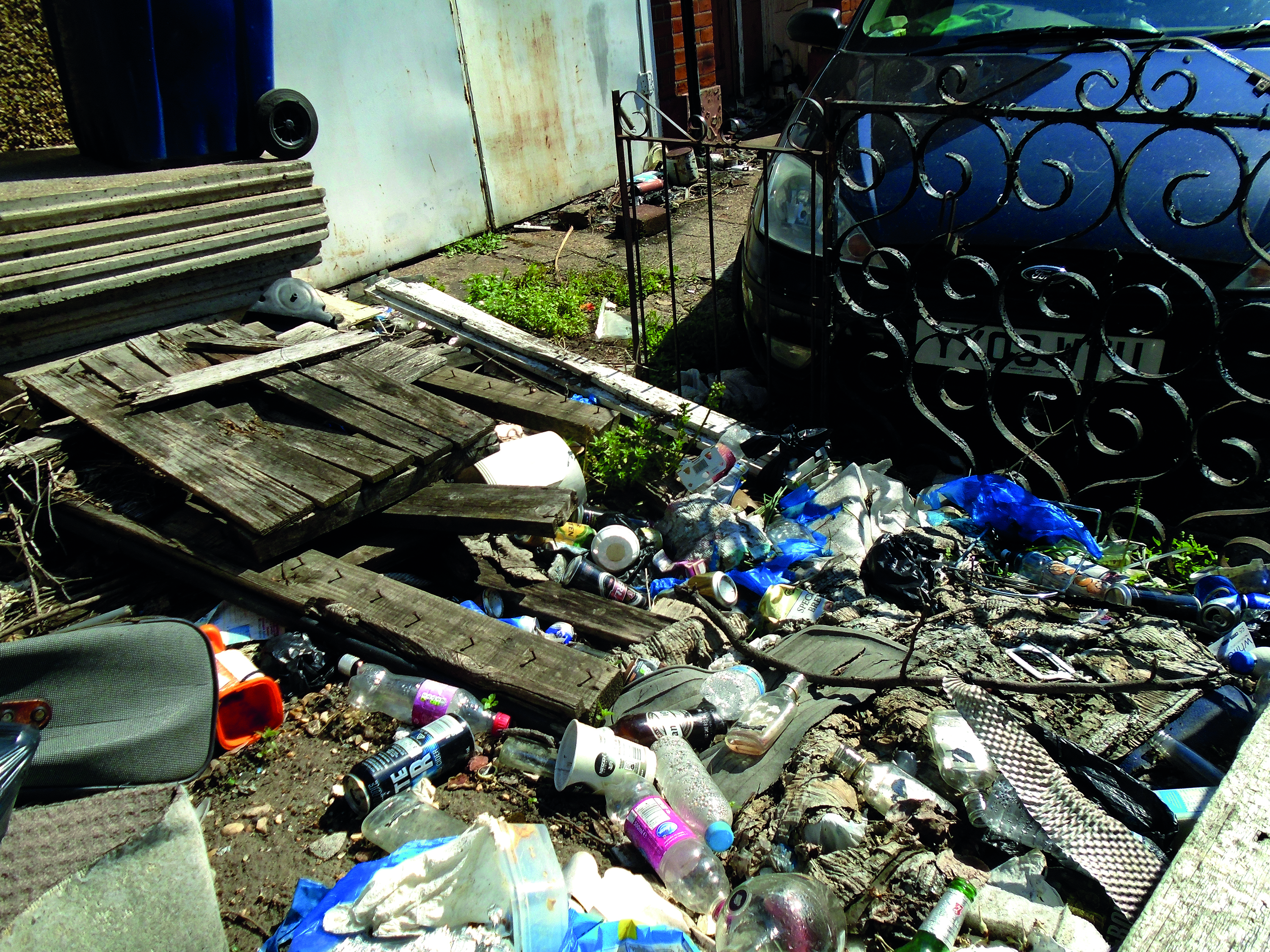
In the exhibition, an image of a baby thrush perched on a wheelbarrow on the banks of the Grand Union Canal is displayed next to an image that documents the casual discarding of a drinks can, suitcase, apple core and wallet on the pavement outside the nursery gates. The children’s unfaltering gaze encompasses the surprising juxtapositions, social concerns and quirky humour evident within the observed environment.
A SENSE OF PERSPECTIVE
All the photographs included in the exhibition are entirely the work of individual children, with respect to their choice of subject matter, camera-handling and framing, in direct negotiation with their subjects.
The project taps into a broad, interdisciplinary field of research and practice, namely the impact of the physical environment on children, how children relate to places and the importance of rich and varied cultural experiences in children’s early development.
These ideas were explored through the children’s interactions with the wider community of Southall, extending their awareness and understanding of how communities operate and offering them opportunities to engage positively with local issues that impact their daily lives.
In response, we as adults acknowledge the children’s competence and commentary on some of the ways in which the environments and social structures that we create impact their childhood development. We also value their contribution towards creating more sustainable societies for the future.
Equally, we are conscious of children’s right to play and so must involve them in conversations that address potential threats to open, natural play spaces within our urban environments.
Enabling the children to engage in empirical observation and listen intently is a significant part of our ethos at Greenfields. This way of learning offers children an alternative to the high-velocity digital world of fleeting images and soundbites and allows them to put the rapid rataplan of their electronic experiences into perspective when set against the physical world and its natural rhythms.
Through the ‘Our Neighbourhood’ project, children were given time to study their environment more closely, to frame their images carefully and not rely heavily on post-production techniques. This was a demanding task. The camera was heavy and needed balancing, and the framing and focusing through a small viewfinder, using only one eye, was unfamiliar to the children and tricky, given that it had to be synchronised with firing the camera shutter.
The resulting photographs were no mean feat for children who have small hands and are still developing their hand-eye co-ordination skills. The images in the exhibition are not cropped or digitally manipulated but are just as the children had framed them through the camera’s viewfinder.
In a fast-paced society, we can enable children by slowing down their world, rather than by speeding it up, by giving children time to meander, wander, muse, contemplate, browse and explore at their own pace. In this way, their sustained observations and listening experiences become richer and they have the time to let their ideas take shape and evolve.
By observing their neighbourhood, children are better equipped to understand, take a position and become more effective agents for change, as well as having the confidence to champion, celebrate and promote a community’s qualities, cultural differences and strengths.
This type of project acknowledges the rich diversity within our society and recognises that all communities have ‘cultural capital’, thereby creating exciting dialogues from which we can all learn and benefit.
Engaging wider audiences in children’s creative processes acts as a catalyst and a unifier, breaking down boundaries and serving to establish positive intergenerational and intercultural dialogues. It also underlines the unique contribution that the untethered imagination of young children offers our society and ensures that these qualities are valued and not overlooked or underestimated.
ON SHOW: VISITOR COMMENTS
‘An amazing display of images, giving a real insight into the children’s perspective of their environment and what things capture their focus and attention.’
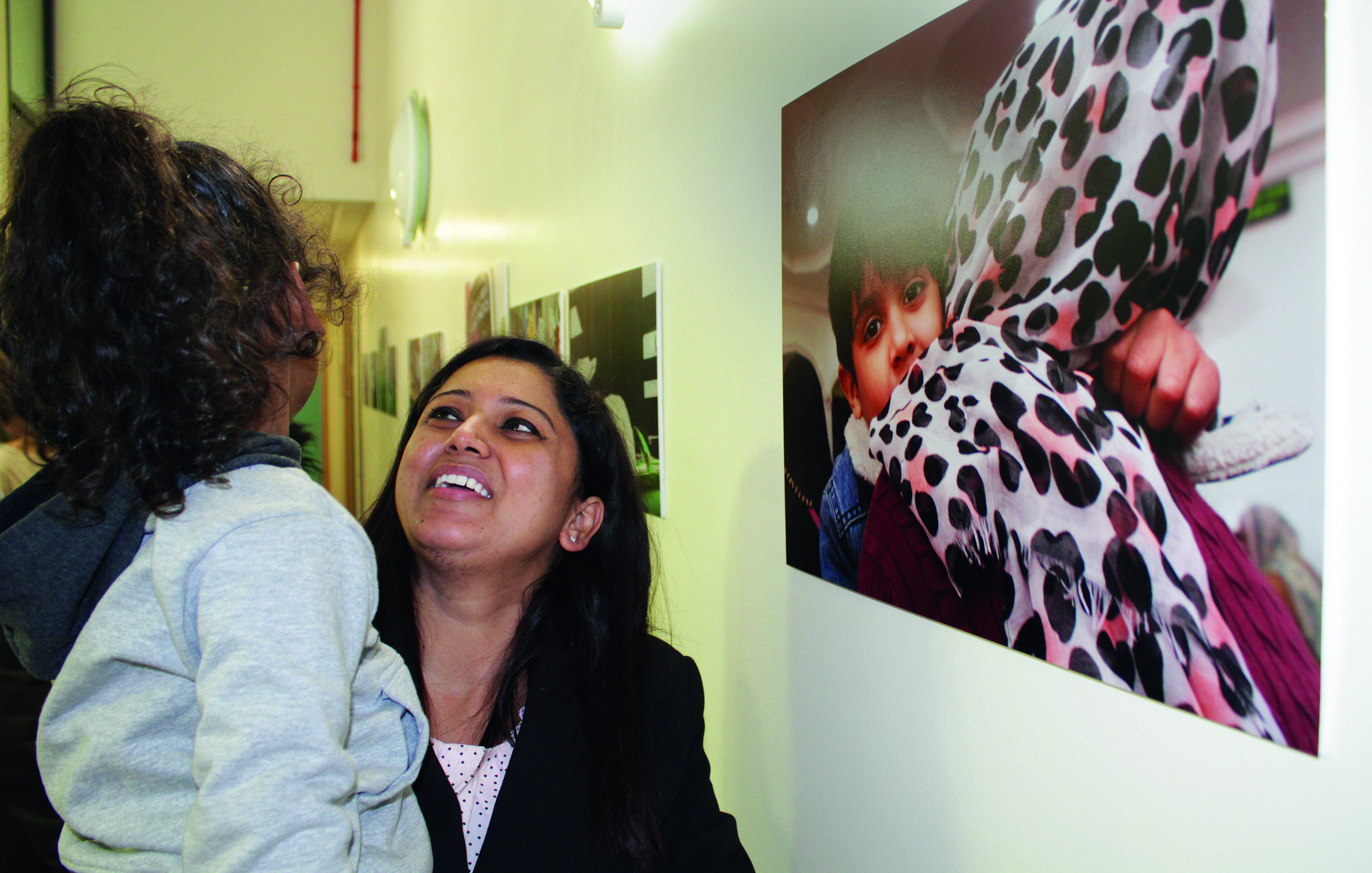
‘I could not believe the photos were taken by the children, wonderful.’
‘The fact that such young children are aware of their environment is brilliant and refreshing.’
‘Just shows the skills these young learners have in order to take such amazing photos.’
‘It’s really wonderful to see life from three feet tall! I understand that the children really gave each image plenty of thought before snapping – something we as adults are losing the art of doing.’ 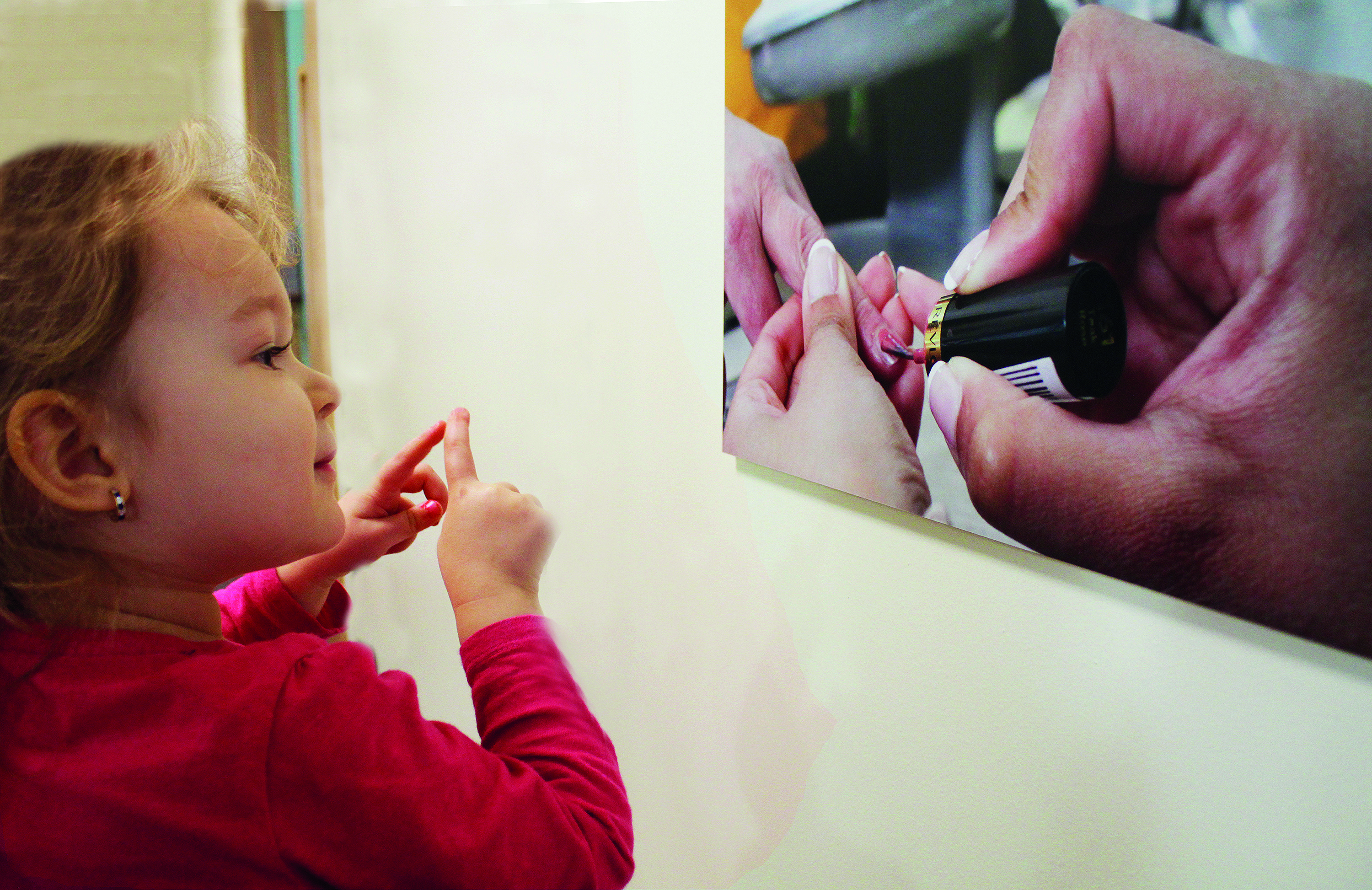
‘The way they have picked out colours and textures is lovely.’
‘An interesting and creative project showing how involved young children can be when given the chance.’
ON THE COVER
‘Our Neighbourhood’ is the second Greenfields project to be exhibited in the Dominion Centre’s community space. Last year, a collection of reimagined book jackets was displayed in the children’s section of the library for three months.
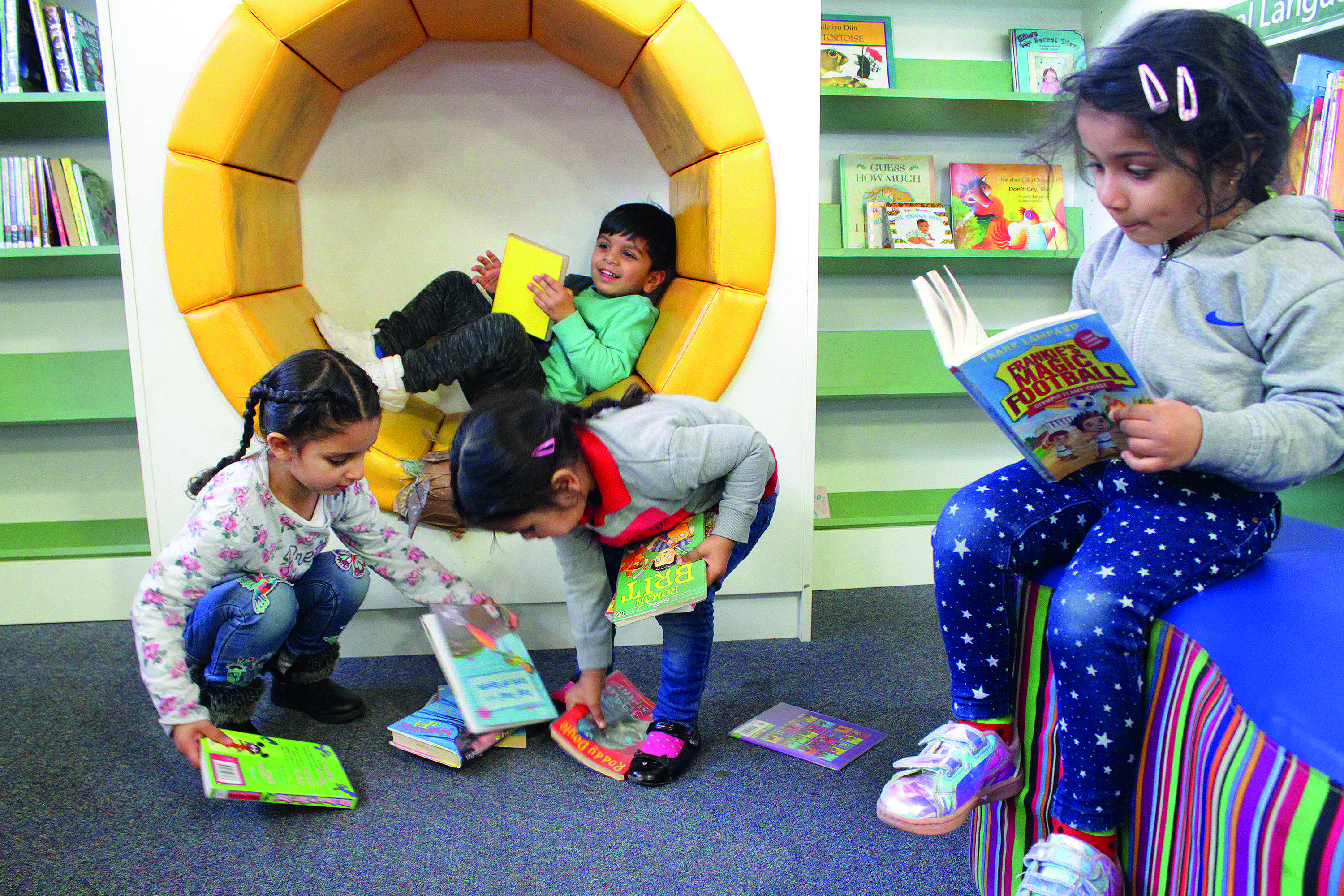
For this project, the children gathered together books from the book exchange at a local supermarket, painted the jackets white, and then created new cover images, using collage techniques that combined text and images from free magazines. The final collection contained elements of narrative, abstract and surreal design.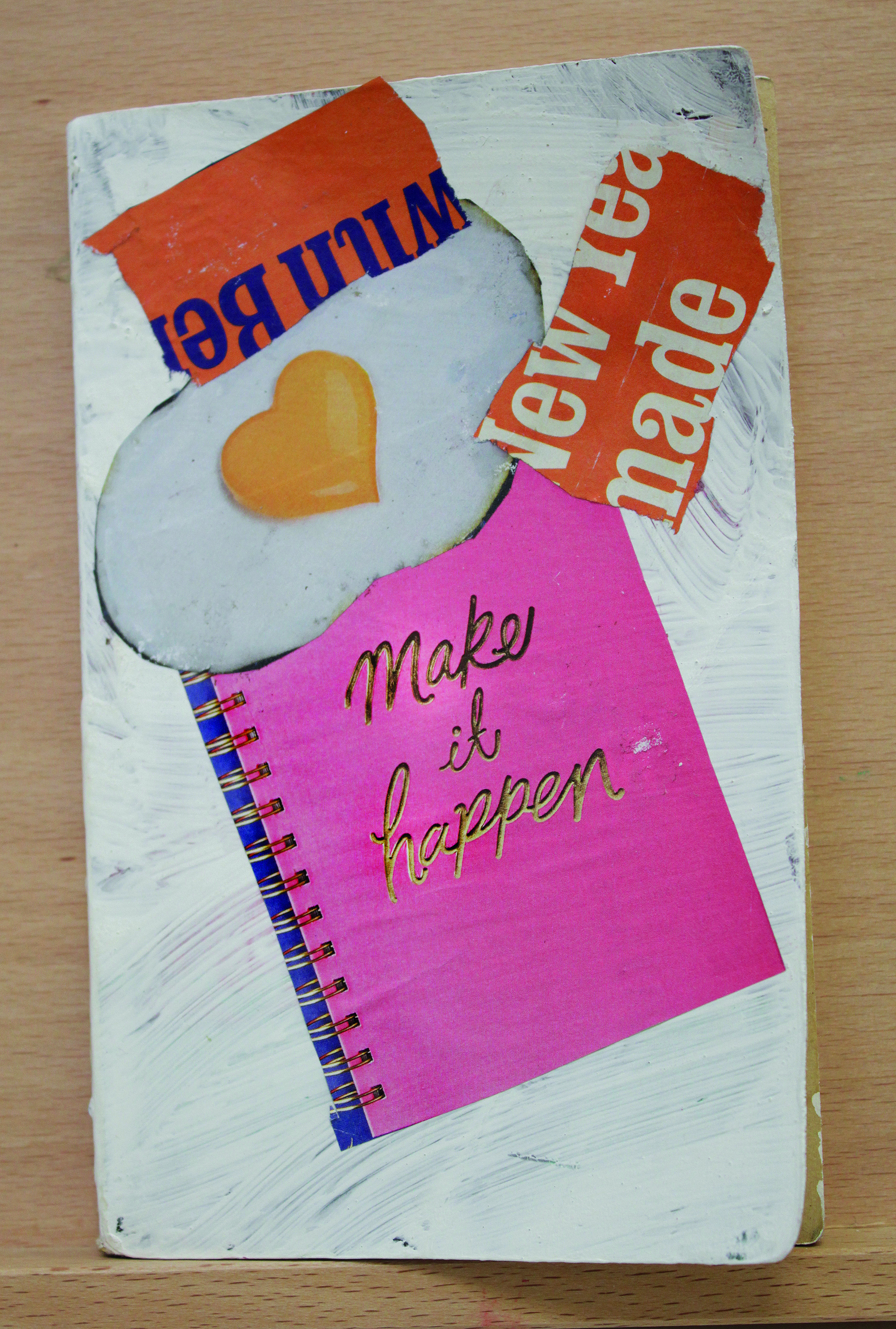
After curating their works within the library, the children immersed themselves in exploring the books.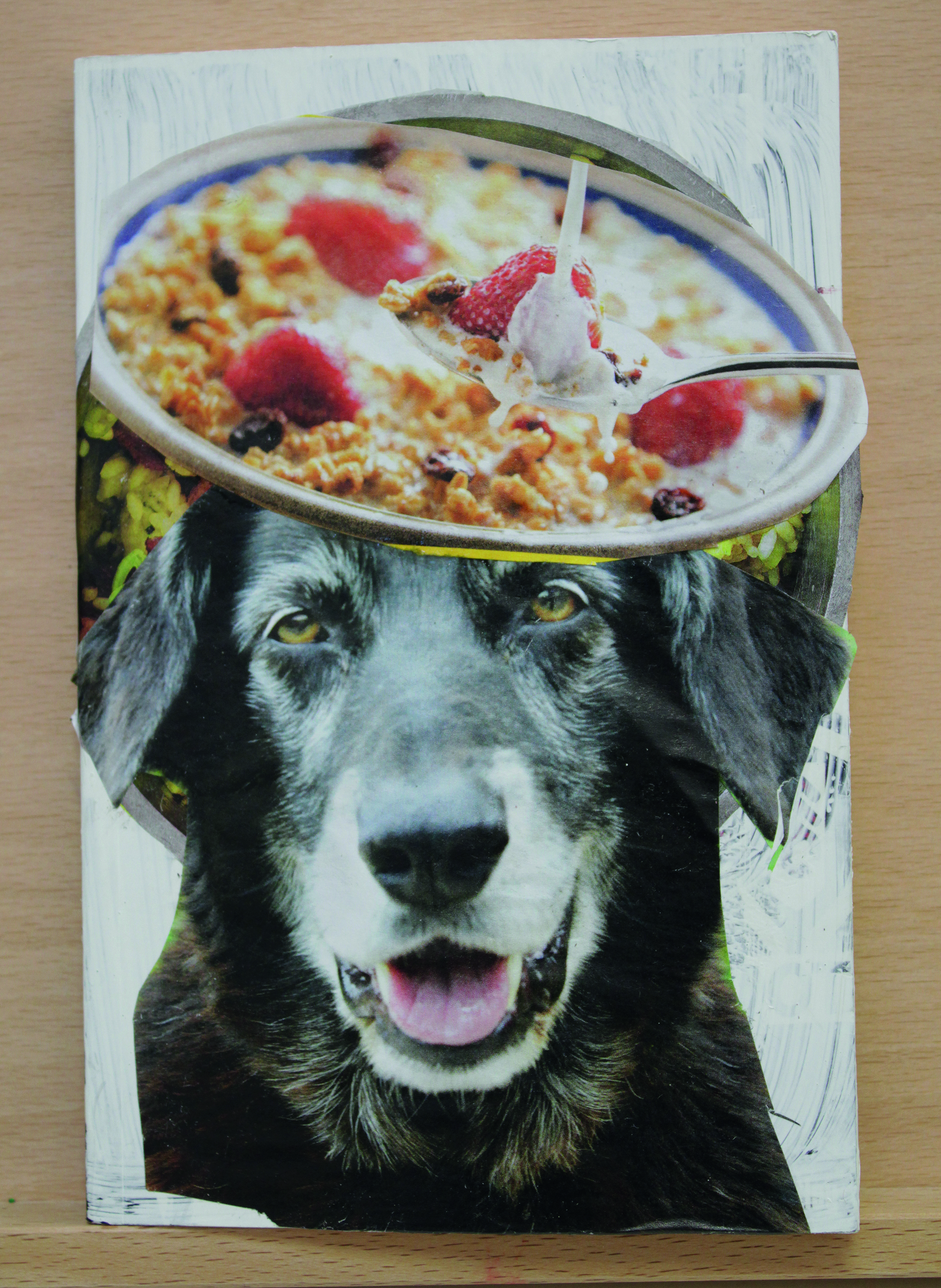
MORE INFORMATION
The ‘Our Neighbourhood’ exhibition by Greenfields’ children, together with resident artists Rosie Potter (University of the Arts London) and Patricia Kilpatrick, will be at the Dominion Centre and Library in Southall until March 2020.









